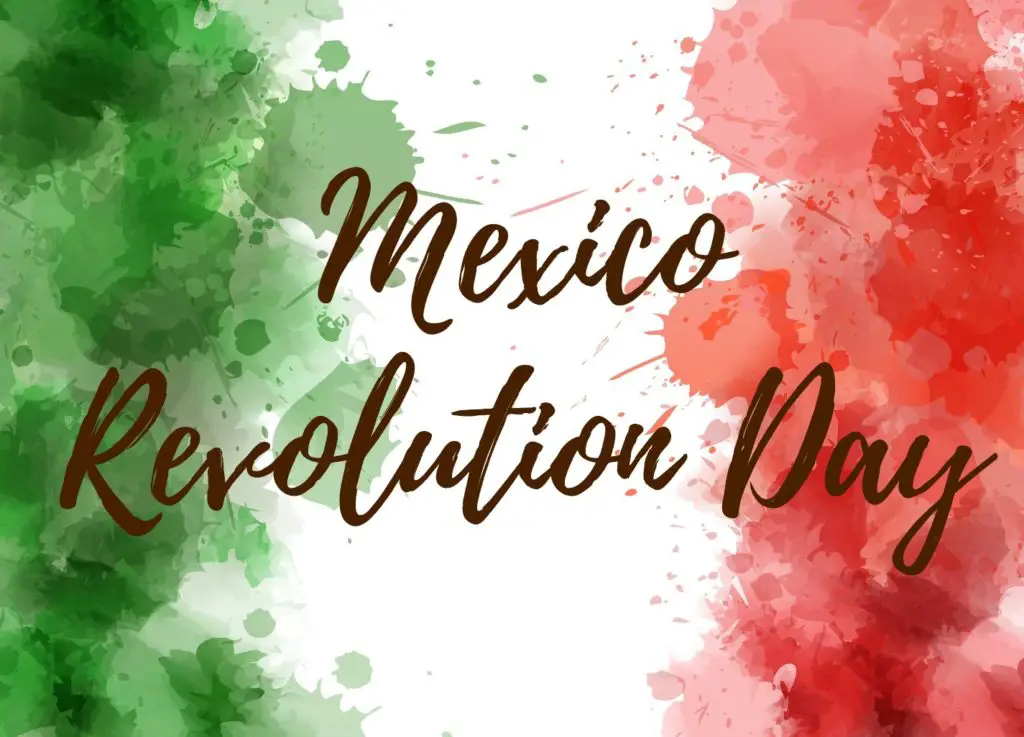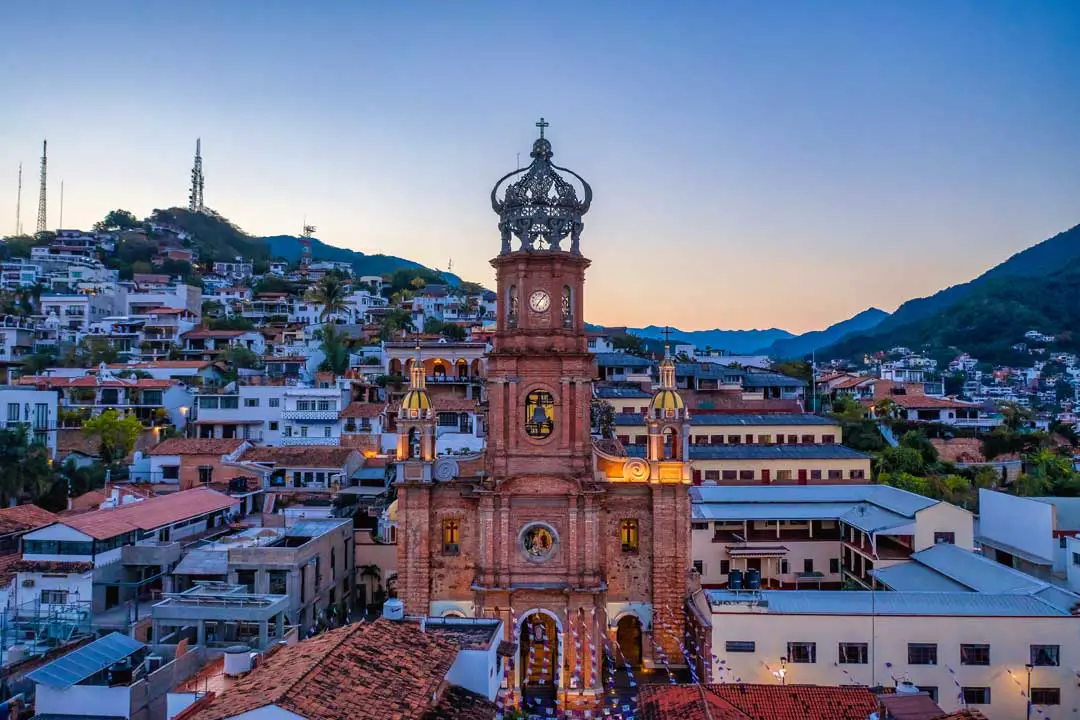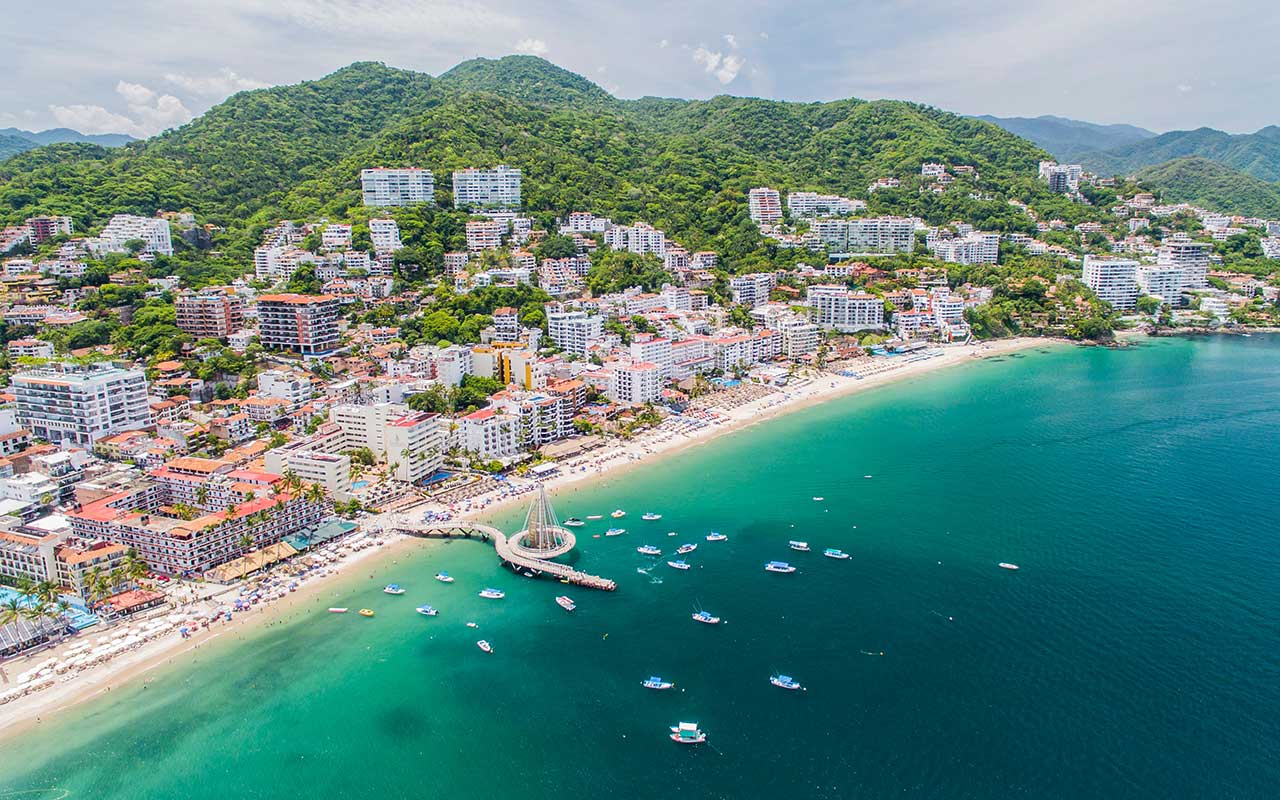The History
Mexican president, Porfirio Díaz, was challenged by wealthy landowner Francisco Madero about the 1910 election. Díaz had Madero jailed but he escaped, declared the electoral process invalid and called for Mexicans to rise up against Díaz on November 20, 1910.
Soon after this declaration of war, Pancho Villa, who had been living as a legendary Robin Hood in the Sierra mountains, led his men down from the hills to join the revolutionary forces. The charismatic Pancho was able to recruit an army of thousands, including a substantial number of Americans.
The army was successful and Díaz was overthrown and Madero elected president in 1911. It was short lived, more on that in another article.
This revolution drove about 1 million Mexicans to legally migrate to America. Countless illegal migrated as well. Four years later, the introduction of a patrol between the borders was implemented.
Gender Roles
The revolution had a profound effect on gender roles. Women became involved by promoting reform and enlisting in the military. They dressed more masculine to avoid sexual abuse and gain more experience with handling weapons.
Violence against women increased during this time as women were seen a prizes by many men in the military. It caused many people to further reinstate the idea that women were meant to be taking care of the household. They were put in a lower part of the social class because of this idea.
Fiesta Time
Want an authentic fiesta? Celebrate with food made to honor the Mexican flag by using the country’s three colors: green, white and red. Salsa fresca and ceviche both represent these colors.
Friday
See it as another “long weekend” or bank holiday – Revolution Day is the closest holiday weekend to the anniversary which is now known as “El Buen Fin” (“the good weekend”) – a Black Friday event of sorts whereby retails across the country join in a promotional extravaganza offering discounts and other savings.



